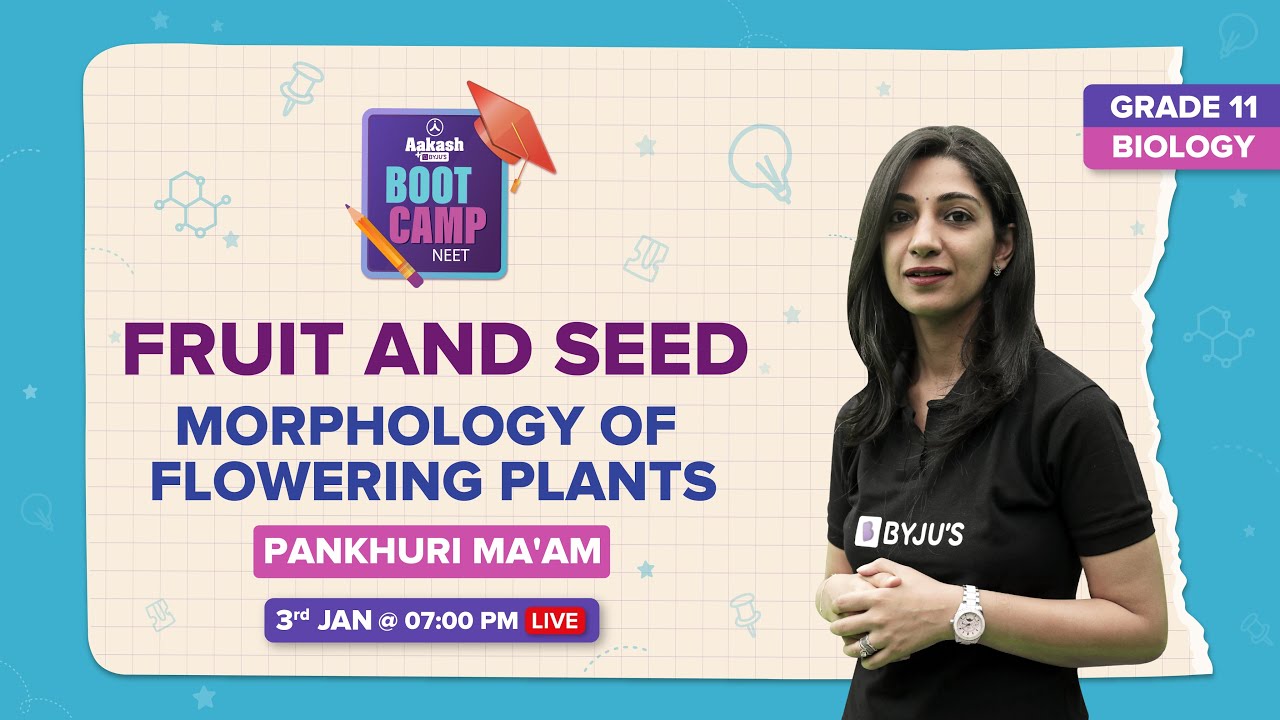Perisperm and pericarp are formed as a part of the events following fertilization, in the plants reproducing sexually. In such plants, some of the post-fertilization events are the development of the embryo and endosperm, maturation of the ovaries into fruit, and maturation of the ovules into the seeds. Seeds can form with or without fertilization.
Download Complete Chapter Notes of Morphology of Flowering Plants
Download Now
Perisperm
- Has a reddish appearance with a paper-like composition
- It is a form of nutritive tissue found in the seeds of different plants
- It develops from the nucellus once fertilization occurs
- Endosperm absorbs the nutrients from the perisperm
- It is diploid in nature and has a maternal origin
- Perisperm surrounds the endosperms of the seeds
Pericarp
- It is ripened and is a differently altered wall of the ovaries of the plant
- It comprises an inner endocarp layer, outer exocarp and middle mesocarp layer
- The ovarian wall becomes the pericarp or fruit wall
Key Differences Between Perisperm and Pericarp
The table below depicts the differences between Perisperm and Pericarp.
|
|
|
|
|
|
|
Persistent remains of the ovule in the seed |
Walls/covering of the fruit which is formed by the walls of the ovaries |
|
|
|
|
Seen in a few seeds only |
Seen in all fruits |
|
|
|
|
Typically dry |
Could be dry or fleshy |
|
|
|
|
Seed |
Fruit |
|
|
|
|
Black pepper |
Mango |
|
|
|
|
Not functional typically |
Forms as a protective covering in addition to playing a role in nutrition and dispersal |
You read some differences between the Perisperm and Pericarp.
For more such articles, visit us at BYJU’S NEET.
Recommended Video:
NEET 2022 Prep | Class 11 Biology – Morphology of Flowering Plants – Fruit, Seed | NEET Bootcamp

More here:
Comments